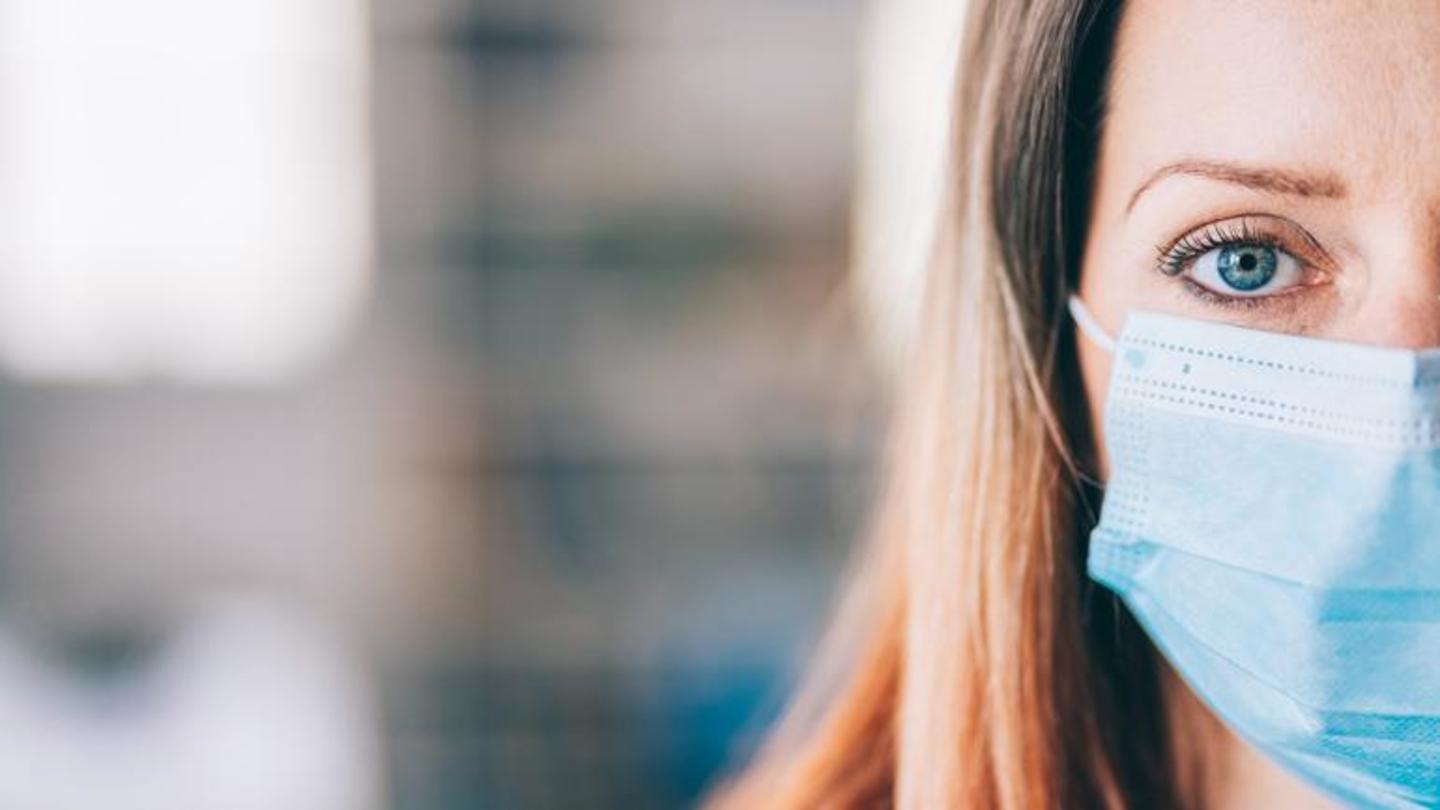
#HealthBytes: Everything you need to know about Mask-Associated Dry Eyes
What's the story
The pandemic has suddenly gotten the entire world to wear masks, which was otherwise only seen as part of a health worker's uniform. Wearing masks and regular sanitization is essential to keep the deadly coronavirus away. However, regular usage of masks has led to a condition called Mask-Associated Dry Eyes (MADE). Here's everything that you need to know about this seemingly new eye condition.
Causes
Causes: It all starts if the mask doesn't fit tightly
If the face mask does not fit tightly, the warm air can escape from the top of the mask and flow close to the eyes while breathing out. This warm air near the eye can cause tears to evaporate more quickly, leaving the eyes feeling dry and less lubricated. The symptoms can worsen in those who wear spectacles or contact lenses.
Dry eyes
Who are more prone to this eye condition?
Anyone who has to wear masks for prolonged hours in a day is at a risk of developing MADE. However, the chances are higher if you are working in an air-conditioned environment or using digital gadgets while wearing masks. The elderly people who naturally have lesser tear secretion are also at an increased risk of MADE when wearing masks for a long time.
Tips
Tips to avoid the eyes from drying out
Make sure to wear well-fitting masks, so that the warm air doesn't escape out to the eyes. If the situation requires you to wear masks throughout the day, limit the time spent in drier conditions like an air-conditioned room or windy outdoor weather. If you begin to feel irritation or dryness in the eyes, place a cloth dampened in warm water over your eyelids.
Wear masks
However, don't stop wearing masks even if you experience MADE
Along with social distancing and all the other sanitizing and hygiene measures, wearing a face mask is an important step in our fight against COVID-19. Make sure to wear your face masks at all times when you are out in the public. If you feel that you are prone to the dry eyes condition, carry eye drops that have been approved by an ophthalmologist.